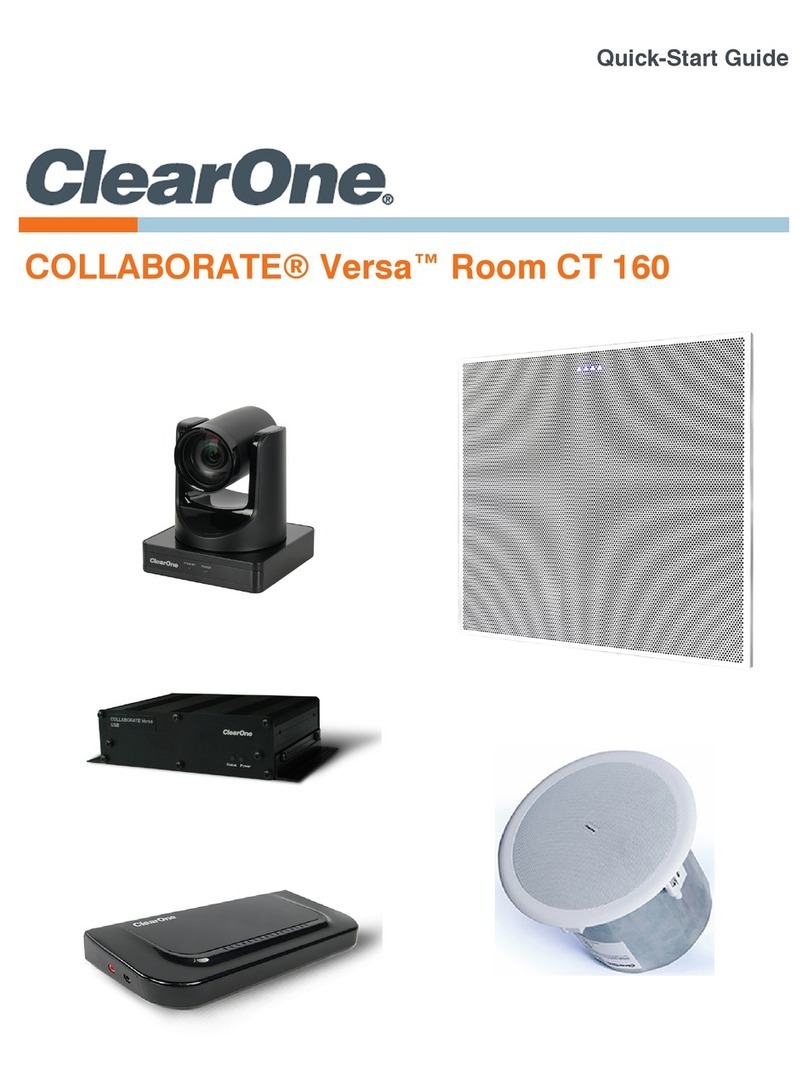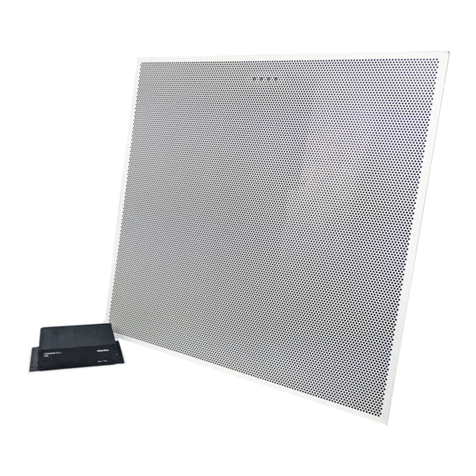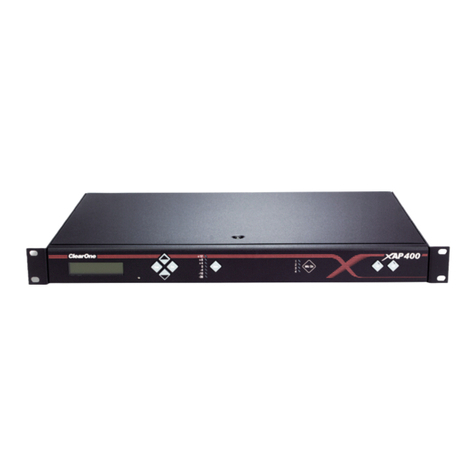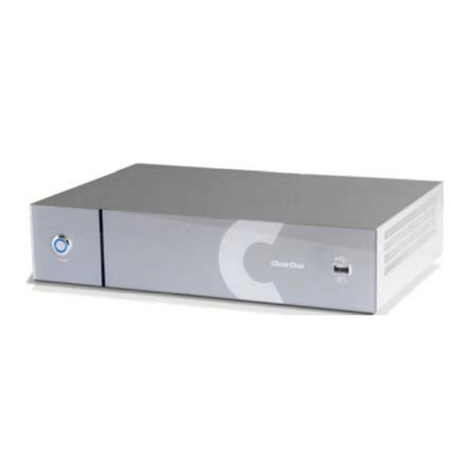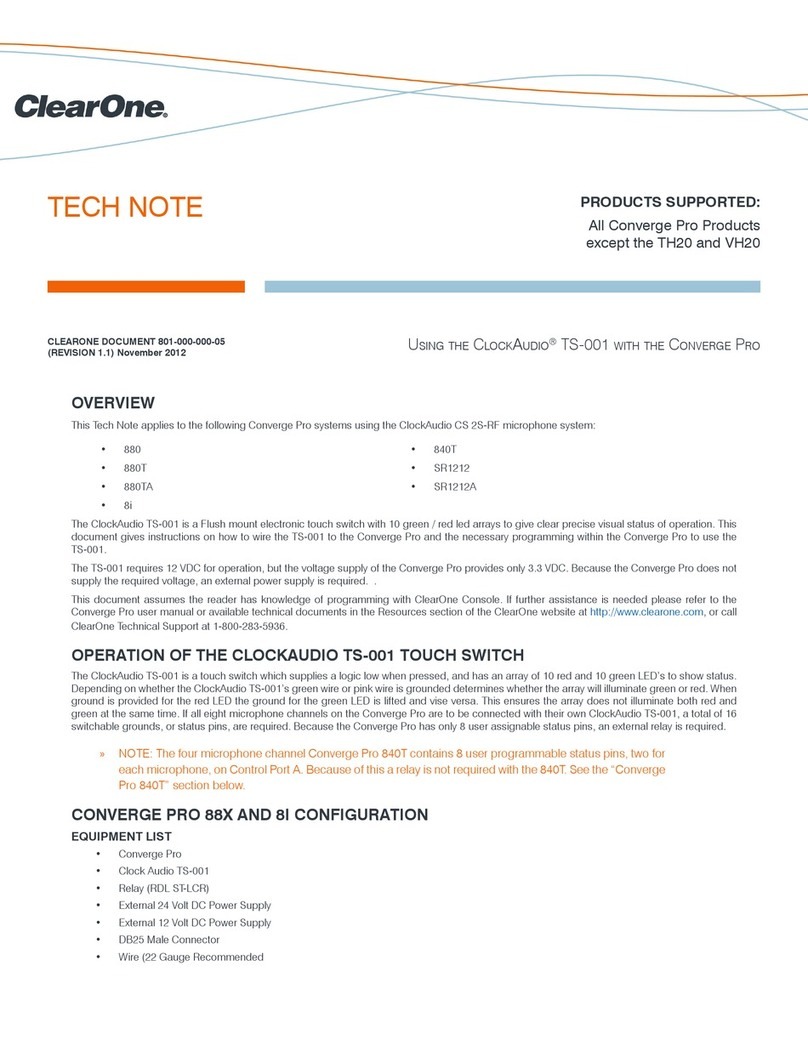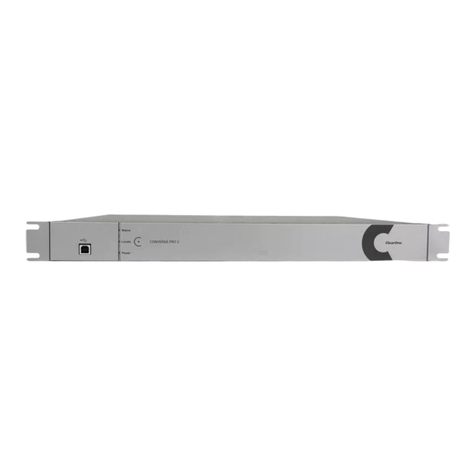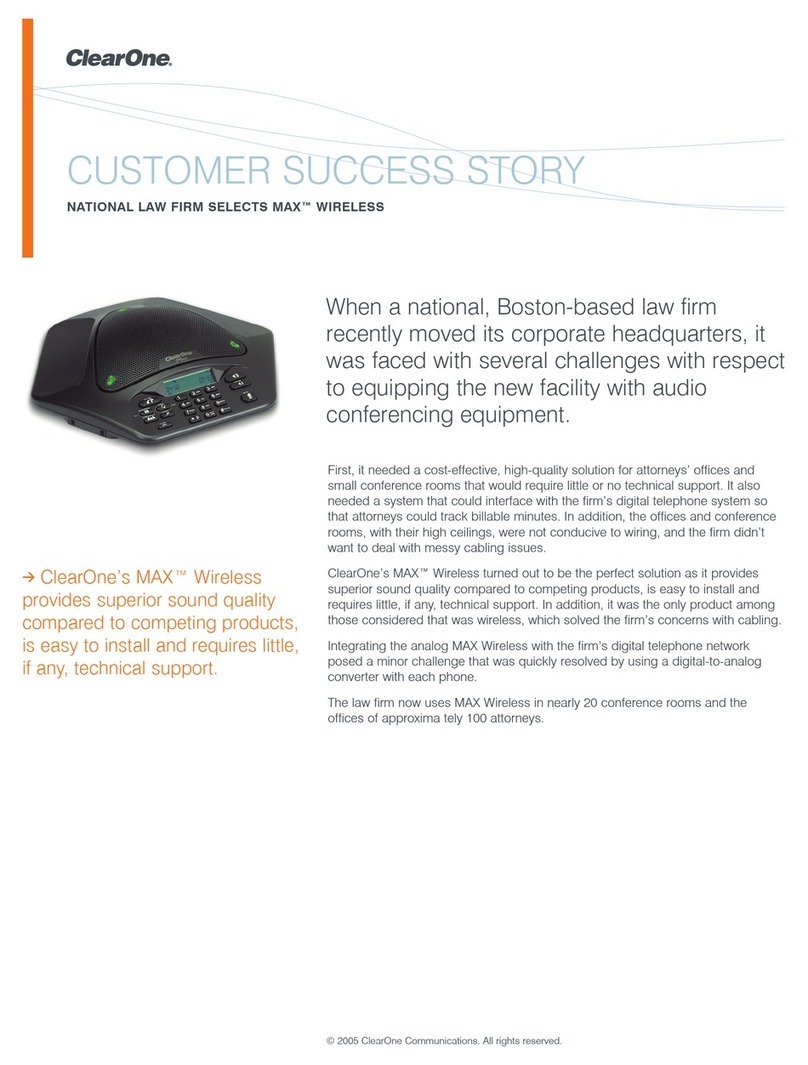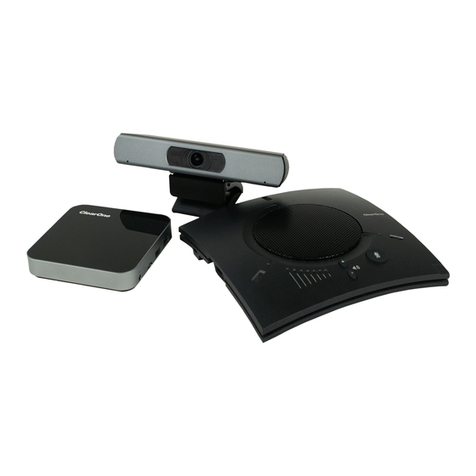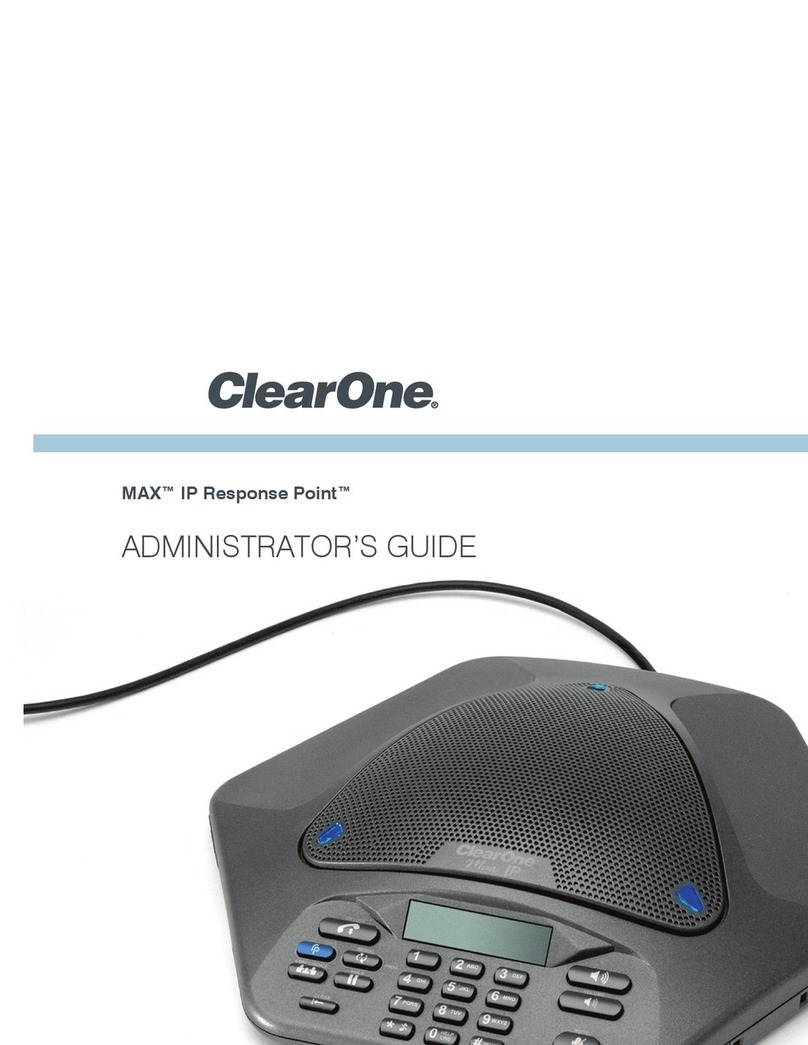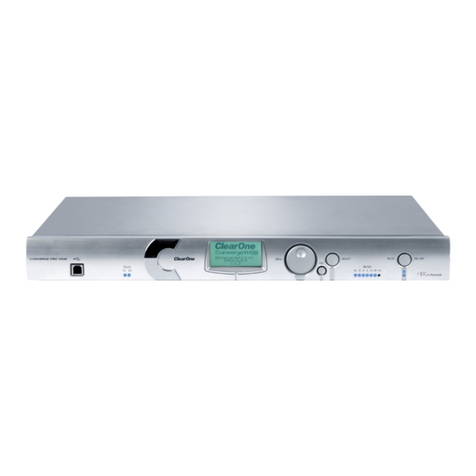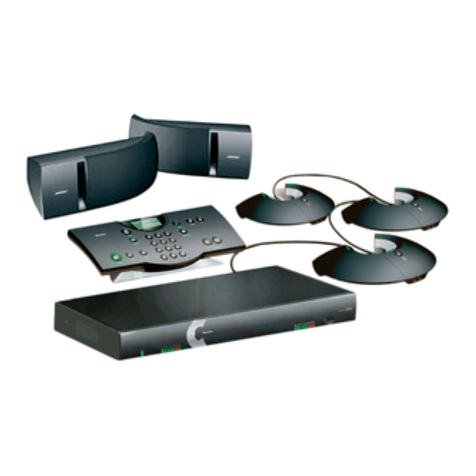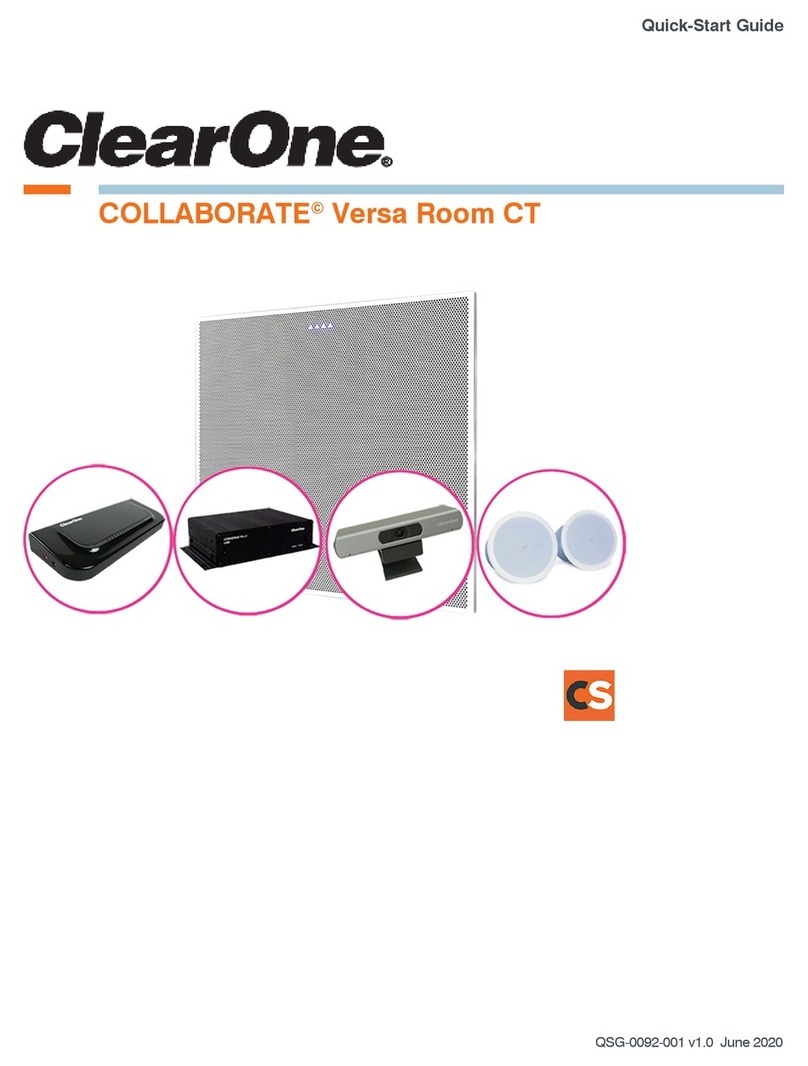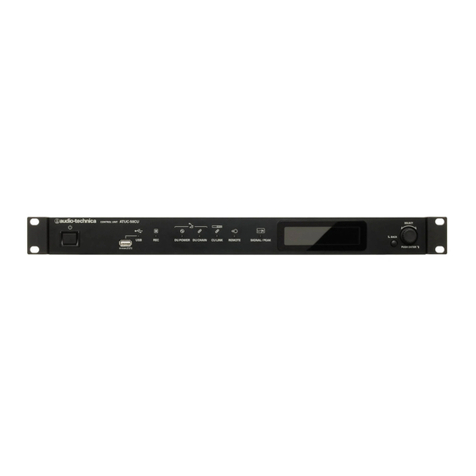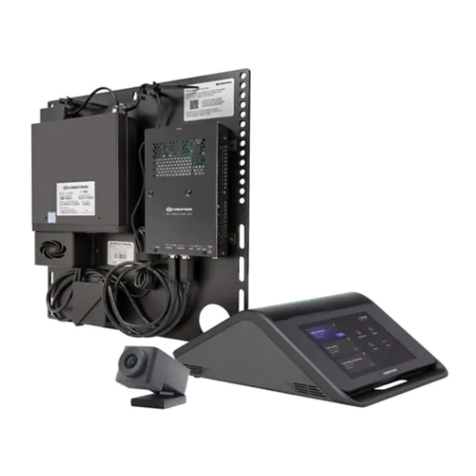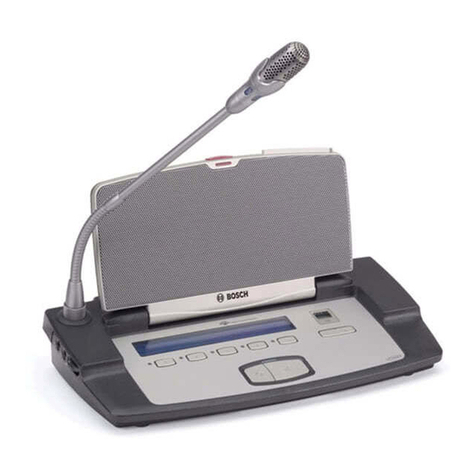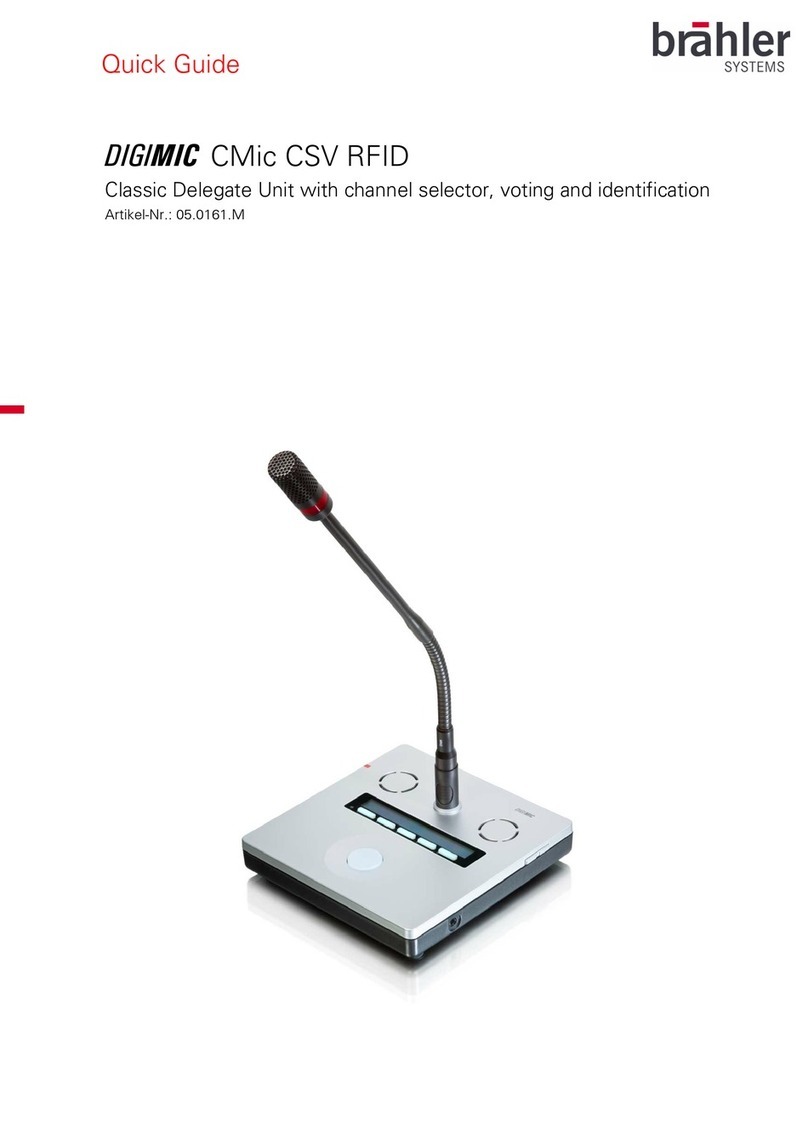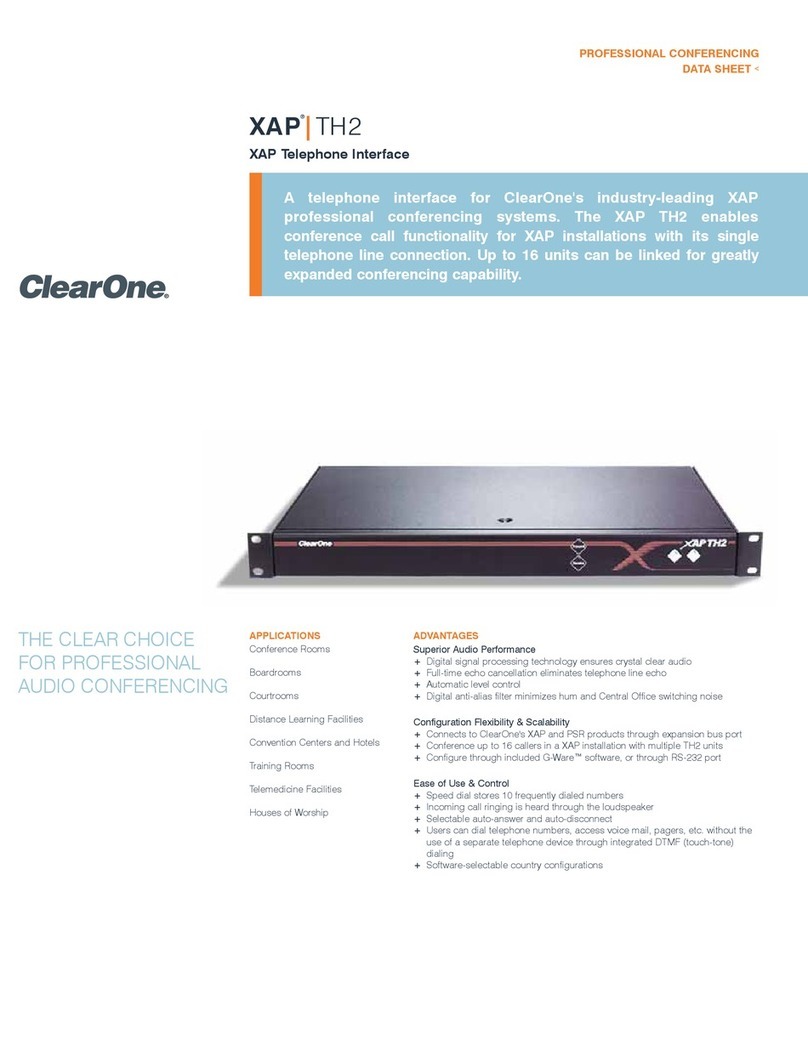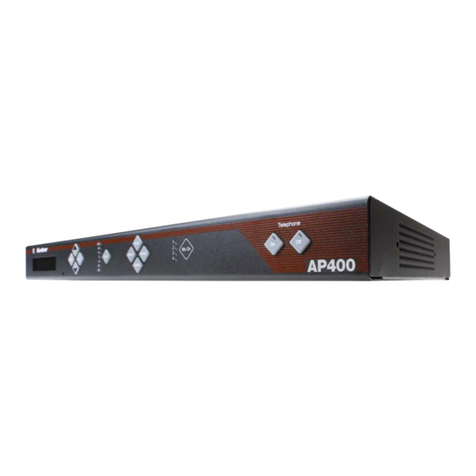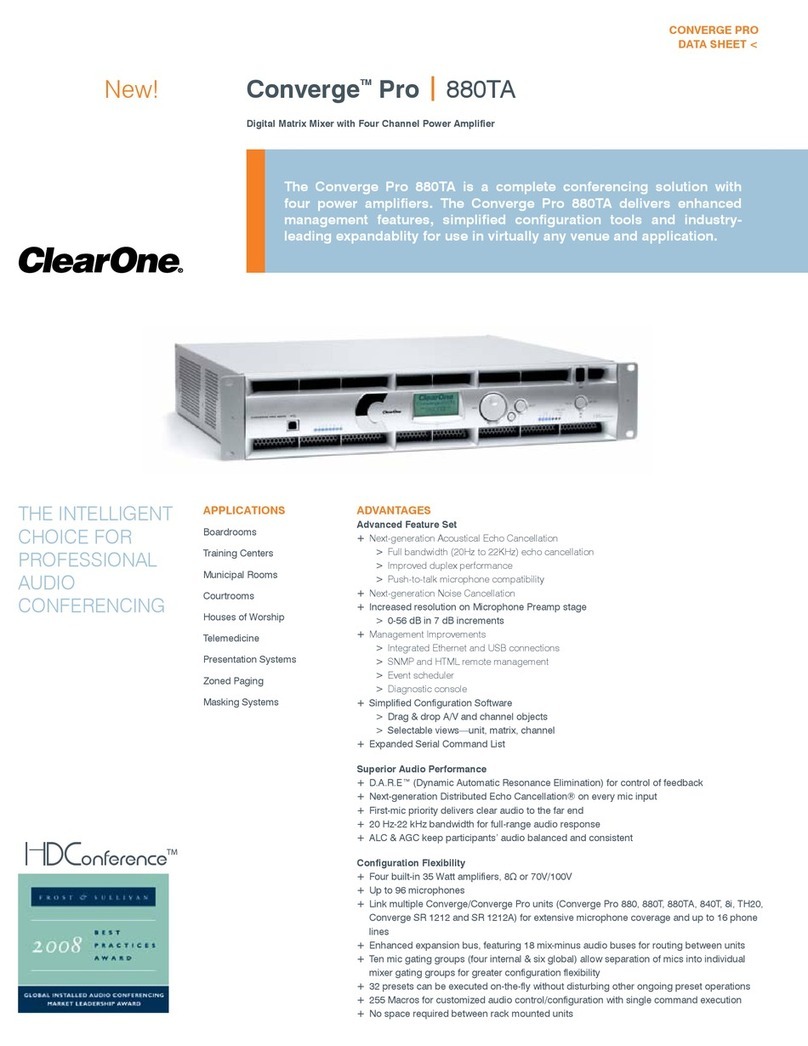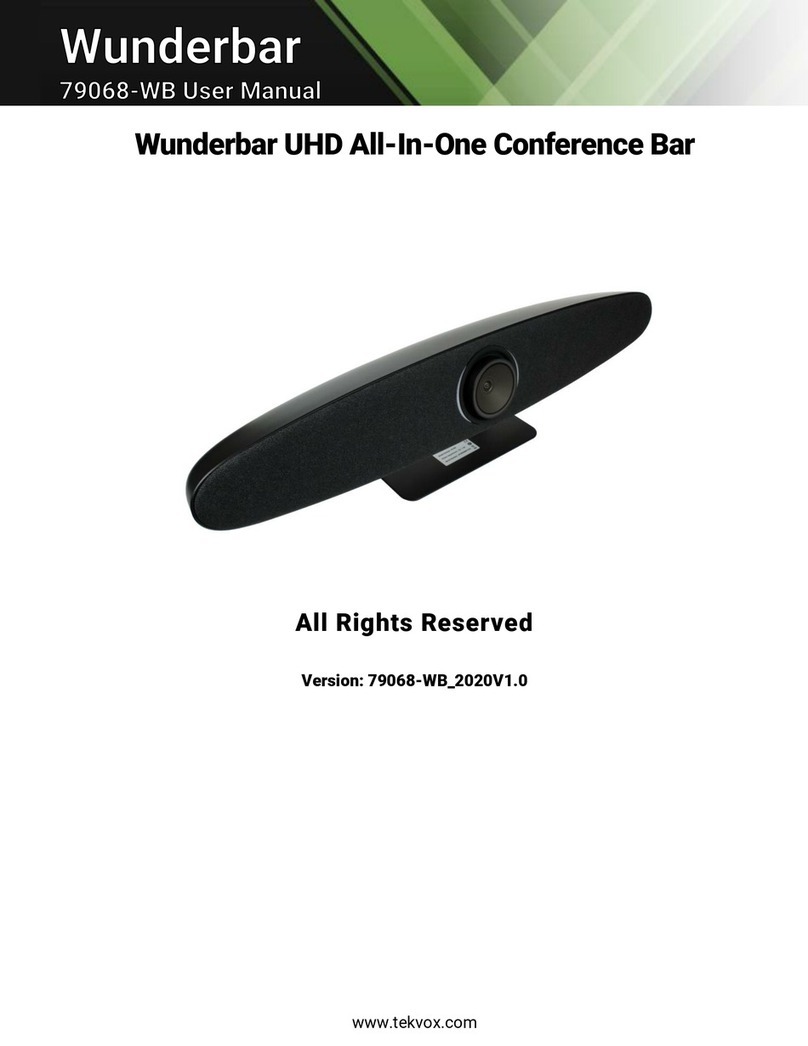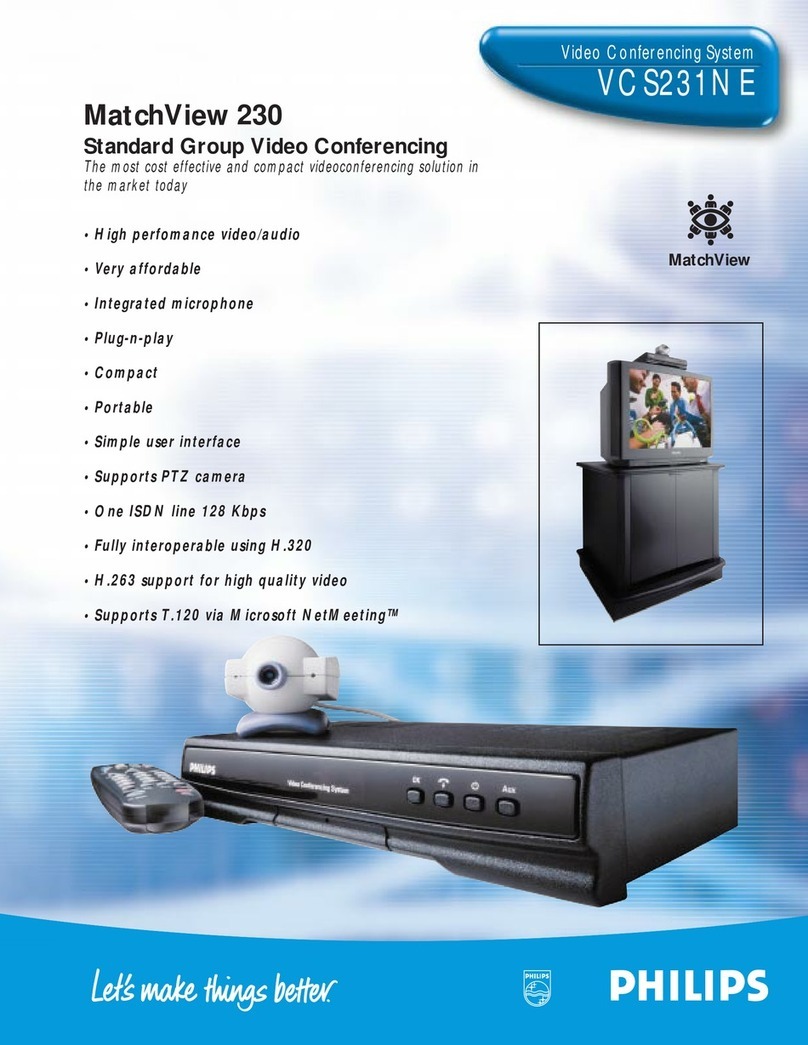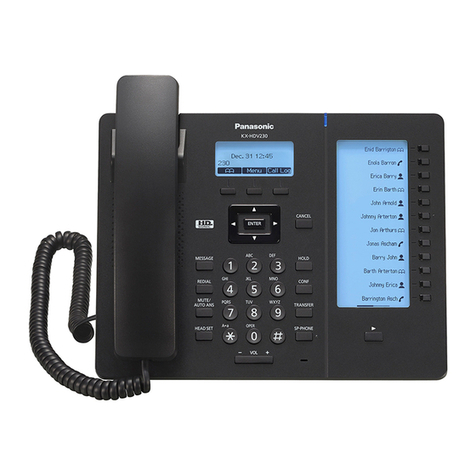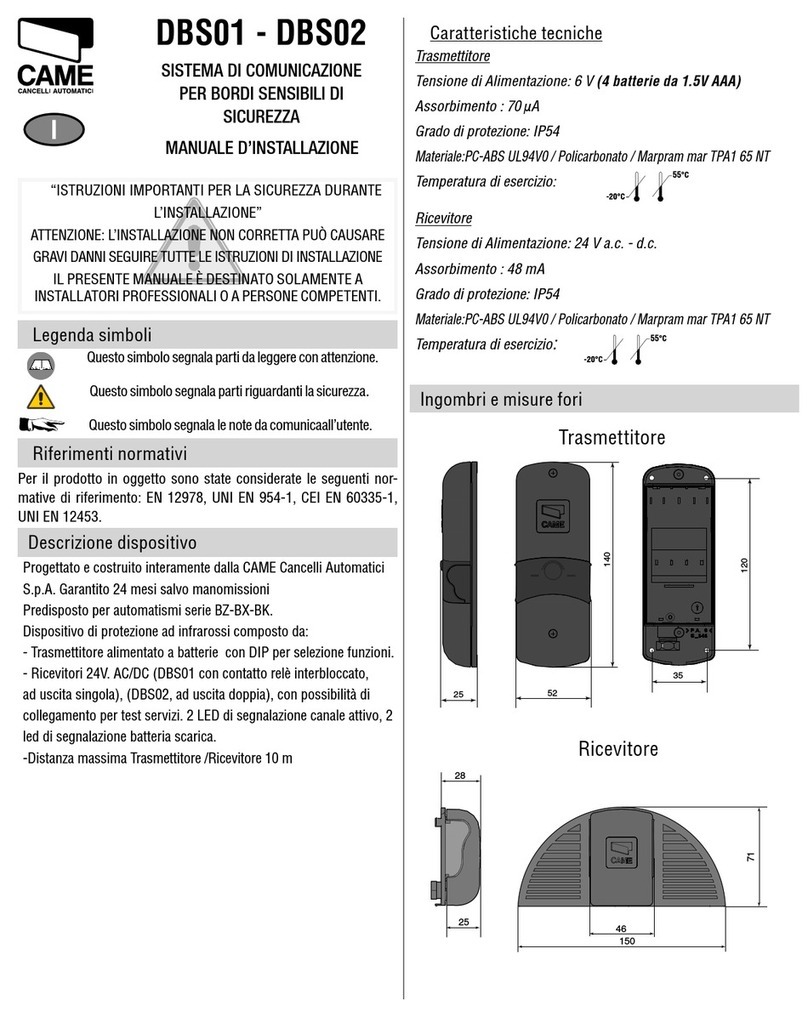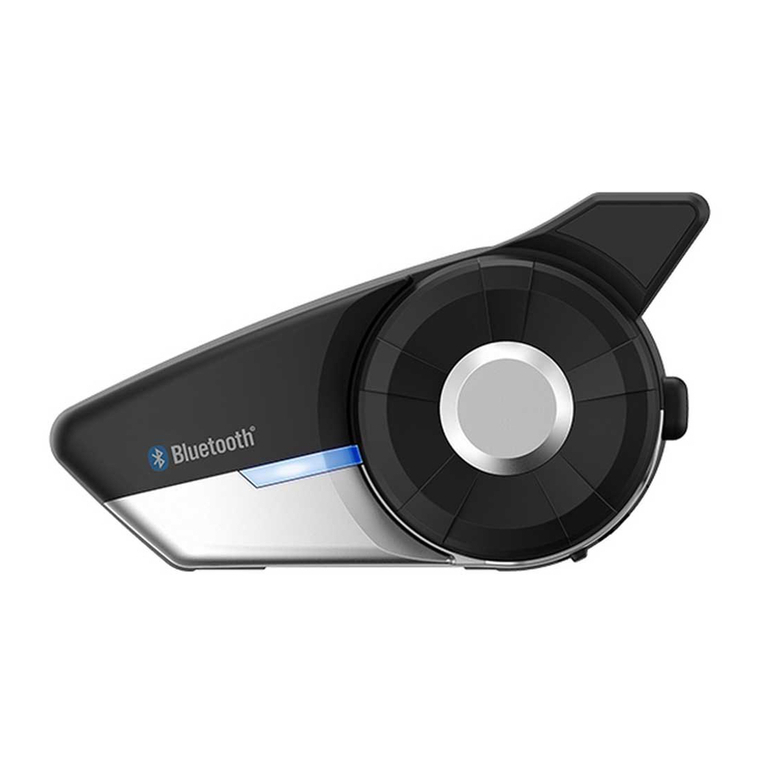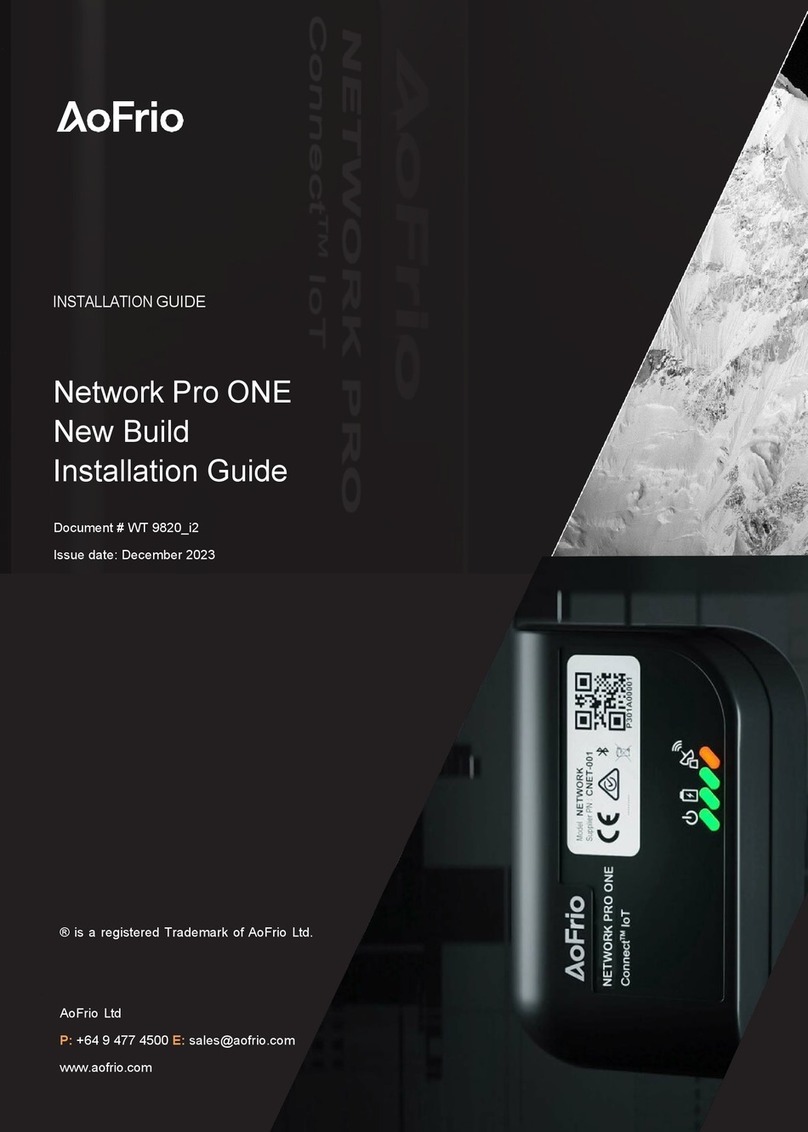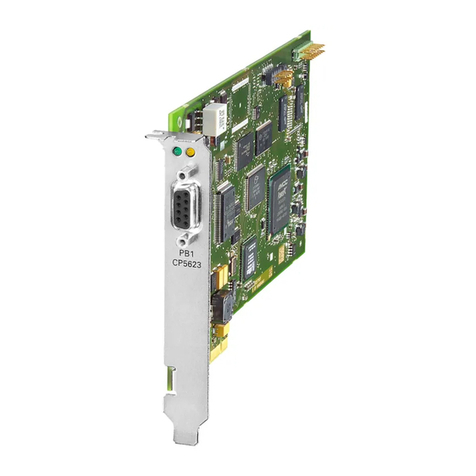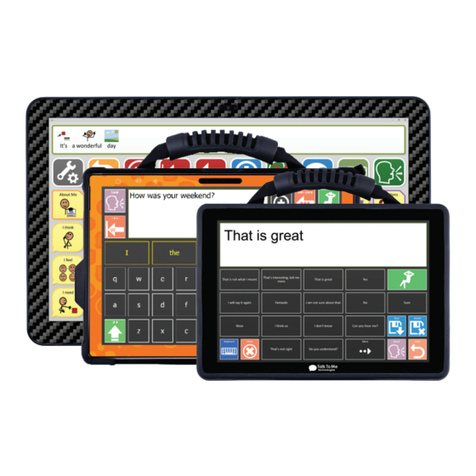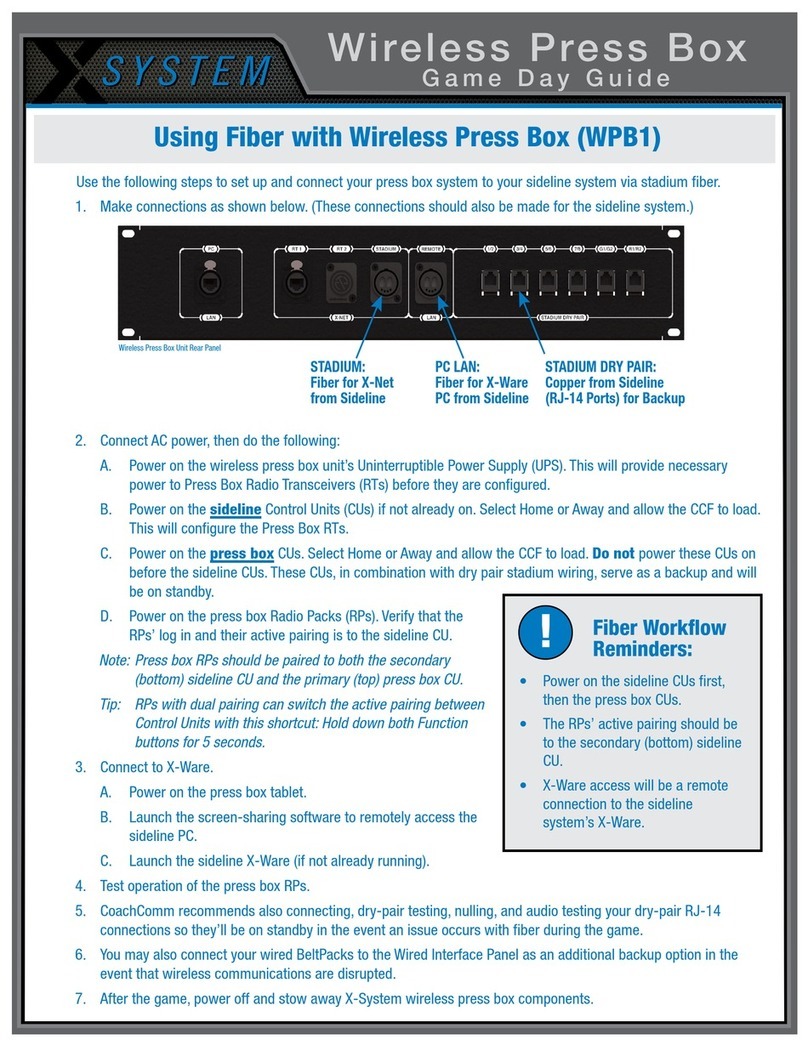
Reprinted with permission from the February 2005 issue of
Sound & Video Contractor
.® (www.svconline.com)
Copyright 2005, PRIMEDIA Business Magazines & Media Inc. All rights reserved.
SVC-01-DB
the air conditioning system, the departure
or arrival of meeting participants, and
other significant acoustical events. It also
monitors for the feedback that results
from mic-to-speaker coupling. An algorithm
based upon the ambient noise levels within
the room adjusts the processing threshold
of the adaptive modeling.
The second technology the RAV system
exhibits is acoustical echo cancellation
(AEC.) This prevents the speakers’ audio
from being picked up by the mic pods, thus
eliminating the slap-back echo that would
normally result. The three mic elements
in each pod enable the system to build
a precise model of the room’s acoustics,
enabling the system to cancel echoes.
Without getting exceedingly technical, three
distinct technologies are employed to ac-
complish this—sub-band method (similar
to an FFT analysis), TX and RX correlation
(compensates for anything that acousti-
cally interferes with the echo-cancellation
algorithm), and suppression techniques
(subdue residual echo resulting from
mismatches between the calculated room
model and the actual room’s acoustical
environment). There’s some pretty serious
number-crunching going on to produce a
clean, clear signal on the other end.
The third technology the RAV system
employs lies in noise cancellation. This is
essentially dynamic frequency-dependent
gating. The system analyzes the room
environment to establish what it consid-
ers broadband noise and then attenuates
only the noise, allowing desired signals
to pass.
Finally, the RAV system utilizes look-
ahead gating. The system determines
which of the mic elements (six in the RAV
600, nine in the RAV 900) best represents
a particular speaker’s voice. It increases
the level of that element and attenuates
the others, thus maximizing the level of
that speaker while eliminating the comb
filtering “swish” that normally accompa-
nies multiple mics in proximity. The audio
is imperceptibly delayed, allowing the
algorithm enough time to compensate for
and eliminate the artifacts associated with
rapid gain change.
SYSTEM SETUP AND OPERATION
I found the RAV system easy to use right
out of the box. I tested a RAV 600 system,
and I was able to set it up and get it running
in about 25 minutes, including installation
of the RAV-Ware. A more professional and
permanent installation (with tidier wiring)
would take maybe another hour. My one
paltry complaint concerns the location of
the RJ-45 jacks on the mic pods, which
makes connection a bit dodgy. Otherwise,
operation is very simple using the wireless
RF controller, which can be placed near any-
one seated at the conference table. The RF
controller enables only basic operations,
such as establishing and disconnecting
a call and storage of frequently called
numbers in a phonebook. The RAV-Ware
software enables much more sophisticated
control over mic pod and speaker levels,
equalization, and signal routing, along with
all the TF controller’s functions. It is even
possible to equalize the line-out signal to
optimize a recording of the conference or to
equalize the input from an external source
for inclusion in the conference.
CONCLUSION
The RAV 600/900 system is an excellent
solution for any organization that requires
high-quality teleconferencing. The quality of
the audio on both ends is very clear and
virtually noise-free, which is the first reason
to consider it. The other reason I would
recommend it is the deep control availed
by the RAV-Ware software, which makes
operation simple and straightforward. The
RAV system truly does fill a middle-ground
niche between inexpensive speakerphones
and high-end custom systems.
John McJunkin is the principal of Avalon Audio
Services in Phoenix, which provides recording,
sound reinforcement, and forensic audio services.
He is a consultant to engineers and artists alike,
and he is employed by the Conservatory of Record-
ing Arts & Sciences.
SPECIFICATIONS
Mic Pod
Frequency Response: 60Hz-14kHz (±1dB)
THD+N: <0.08% (-45dBu input at 1kHz)
Sensitivity: -45dBu
Input Level: +6dBu for 1kHz at 94dB SPL
Dynamic Range: >65dB
Line I/O
Connection: Unbalanced RCA
Gain: -10dBu nominal, adjustable from -14dB
to +18dB
Nominal Input Level: -10dBu
Nominal Output Level: -10dBu, adjustable
from -14dB to +18dB
Maximum Level: +9dBu
Impedance: >10k⍀
Output Frequency Response: 40Hz to 15kHz
(±1dB)
Output Dynamic Range: >80dB
Output THD+N: <0.02% (+6dBu input at 1kHz)
Playback/Record I/O
Connection: Unbalanced RCA
Gain: -10dBu nominal, adjustable from -14dB
to +18dB
Nominal Level: -10dBu
Maximum Level: +9dBu
Input Impedance: >10k⍀
Output Frequency Response: 40Hz to 15kHz
(±1dB)
Output THD+N: <0.02% (+6dBu input at 1kHz)
Loudspeaker
Connection: Push terminals—left/right
Power: 10W
Impedance: 8⍀
Frequency Response: 60Hz to 15kHz (±1dB)
Dynamic Range: >80dB
THD+N: <0.5% (+5dBu line input at 1kHz)
Output Level: 90dB SPL output at 1m
Mixer
AEC Tail Time: 128ms
Adaptive Noise Cancellation: (6dB to 18dB)
Gating: Adaptive ambient, first mic priority,
look-ahead gating, NOM attenuation
Telephone Interface
Connection: RJ-11 (set and line jacks)
Tail Time: 30ms
Frequency Response: 250Hz to 3.3kHz (±1dB)
THD+N: <0.2% (+7dBu line input at 1kHz)
Dynamic Range: >60dB
PRODUCT SUMMARY
Company: ClearOne Communications;
www.clearone.com
Product: RAV 600/900
Pros: Ready to use right out of the box; so-
phisticated teleconferencing and noise-reduc-
tion technology.
Cons: Location of RJ-45 jacks on mic pods a
little awkward.
Applications: Out-of-the-box teleconferenc-
ing for users with varying levels of technical
sophistication.
Prices: $2,599 (RAV 600);
$3,099 (RAV 900)
